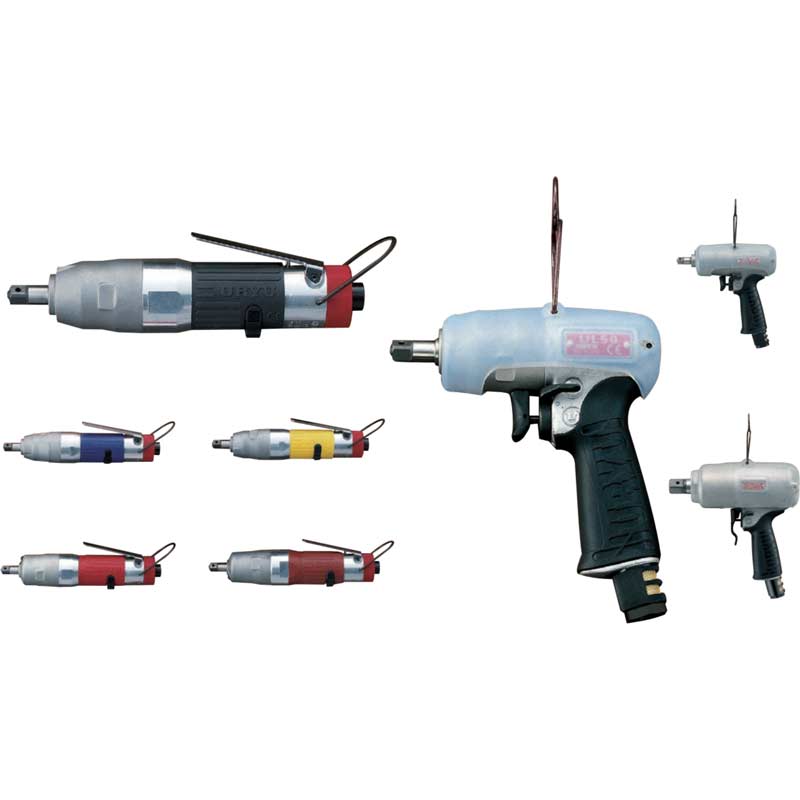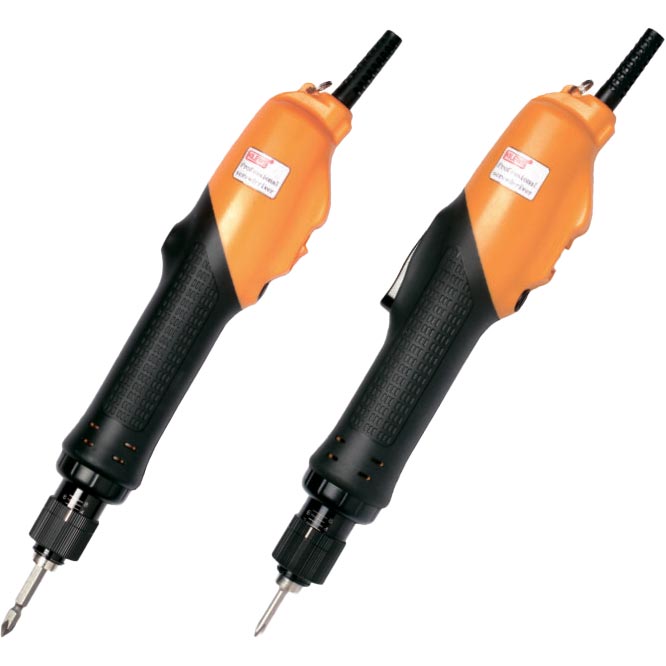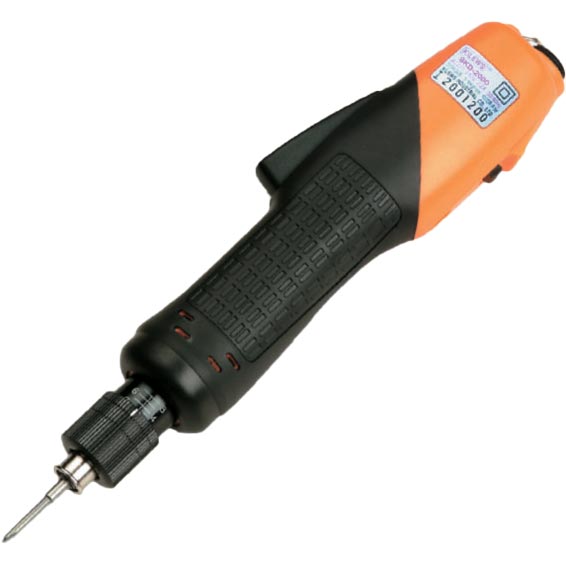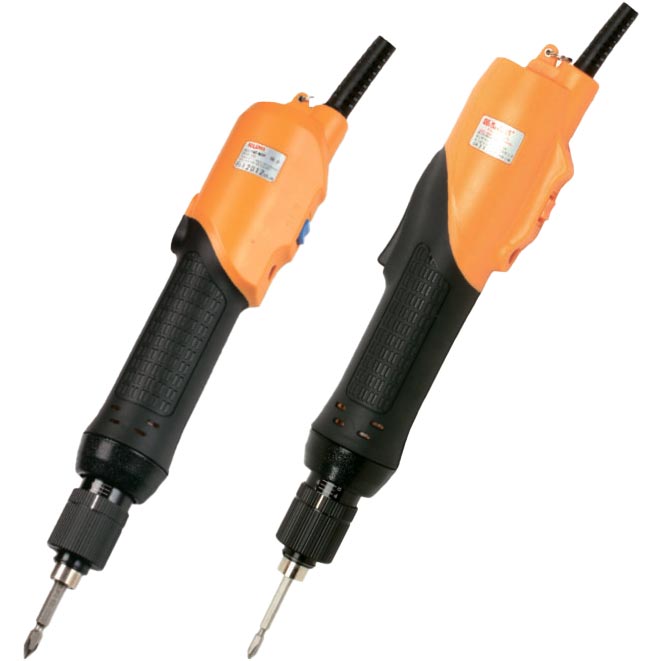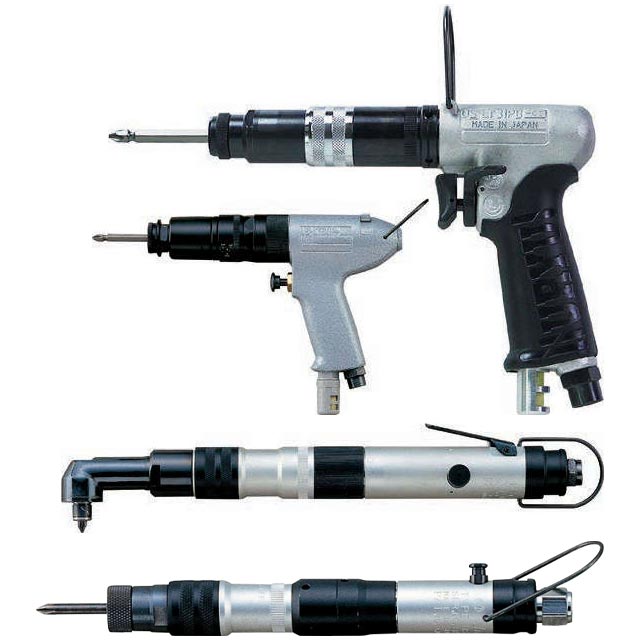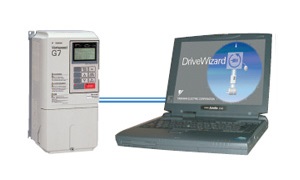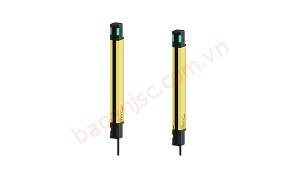Brush DC Motor: Generating, Working Principle and Application
1. Concept, classification of brush DC motor
Concept
Brushed DC motors are motors that use a form of mechanical conversion to change the polarity of current through the armature of the windings. This mechanical conversion part is the commutator (Made from copper material for maximum efficiency). The brush section is assembled with a commutator made of carbon, metal , graphite and some other material mixture.
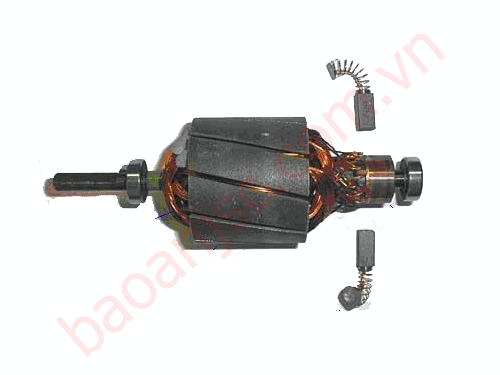
Brush motor
Classify
Brush DC motors are divided into two most popular types: permanent magnets and electromagnets, depending on the purpose and conditions that design engineers will choose accordingly.
+ Permanent magnet: This type of motor was developed in 1950 for tools. It works by using a permanent magnetic field to create a magnetic field that allows the motor to rotate. The generated reluctance reduces the armature interaction, changing the voltage to the rotor will change the output speed. In ring applications, the feedback signal (Encoder, tachometer, pulsator , etc. ) helps track and the motor is kept at a target speed.
Currently, this type of motor is suitable for mobile devices used a lot in electrical equipment on vehicles, door opening and closing applications, lifting seats applications. In industry it is used in welding equipment, battery pumps , mobile medical equipment, X-ray and tomography machines.
+ Electromagnet: This can also be called a universal motor or AC motor because it can use AC or DC current, this motor has a winding in the stator linked to the rotor through a commutator. When running with AC current, current will flow into the rotor and stator windings (creating a magnetic field). The direction of rotation of the motor is always one-way. The motors are typically high torque, compact and lightweight and can reach very high speeds (up to 10000 rpm) on either DC or AC voltages.
Electromagnet DC motors are often used in small household electrical applications such as vacuum cleaners, food mixers, food blenders , etc. This type of motor has only one disadvantage that is a bit noisy, because The potential can be seen in devices using this type of motor, which often emits a very loud sound during operation.
2. Advantages and defect of brush DC motors
advantages
- Low initial cost, high reliability and simple motor speed control.
- Easy to control: torque proportional to current - speed proportional to voltage
- Moderately effective
- Variable speed: requires fewer external components than induction or brushless DC motors
- Maintenance required when brooms wear out
- Louder than induction motors (EMI and audio)
Defect
- High maintenance and low life under intense use.
- Regularly replace current-carrying brushes and springs.
- These parts are needed to transfer electrical energy from outside the motor to the windings of the rotor bn in the motor.
- In use, the brush material is soft and wear-resistant.
3. Structure of brush DC motor
All brush DC motors are constructed of 3 main sub-assemblies; stator (magnet and coil), rotor and brush system.

Structure of brush motor
4. Working principle of brush DC motor
The stator of a brush DC motor can have either a permanent magnet or an electromagnetic coil. The more common type for servo applications (and, therefore, for most industrial motion control applications) is the permanent magnet type - commonly referred to as a permanent magnet DC (PMDC) motor. . The rotor consists of coils wound around a slotted iron core and attached to the commutator. When the rotor spins, broom continued contact with the commutator and providing electrical current to the coil.
The rotor is made of coils and commutators and this allows the shaft to rotate. At the center of the motor is the shaft, made of hardened steel, to withstand the load for the application, provided that the correct motor has been selected. The commutator plate holds the busbars and the plate is fixed to the shaft by a plastic mold. On the outside diameter of the commutation plate is a self-supporting rimless coil, which is fixed through soldering the contacts to the busbars. Glue covers the contacts and welds, giving it mechanical strength. Normally, there can be 7 busbars and winding sections. The more rods and segments, the smaller the amount of energy that must be converted during switching, increasing service life by reducing brush fires. The torque generated in the coil will be transferred through the converter plate to the shaft and this is aided in the stator sleeve or ball bearing.
Finally, the broom system. They can be graphite or precious metal brushes with an electric motor connection. To power the rotor, we put in a system of brushes and each brush has a direct voltage symbol (+/-). The brushes are connected to the busbars allowing current to flow into the coil. Then, two rhombic currents appear near the center of the opposite poles and in between the winding segments in the magnetic field. The lozenge continuously collected fascinated by the strongest flux makes the rotor spins, but due to the odd number of audio conversion, both never could meet at the poles directly opposite. Therefore, the rhombuses continue to move into space in the approach segment. This happens continuously, generating the torque of the motor.
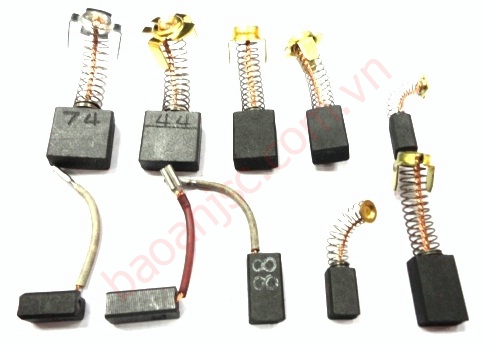
Types of carbon brushes
5. Brush DC motor application
Brushless DC motor is a complete technology that has existed for over a century. With the advent of brushless motors and a series of control technologies invented, many types of brush DC motors are still used in engineering.
Practice has shown that the maximum torque of the brush DC motor is high, making it possible to run simpler controllers for use in a multitude of applications.
The cost of this type is much lower than the others (The difference in cost is very significant in large sizes). In addition, they can control the guide mechanisms with high speed and high torque. The characteristics outlined are extremely beneficial for automatic (self-propelled), mobile, and in-house applications. in everyday life, in consumer equipment and in toys. A product created to serve life and production must ensure the optimal balance between the following factors: Cost, convenience, structure, friendliness, and requirements. .
Brush motors are also widely used in screwdriver, dynamic drills, concrete chisels, etc. because the cost of the machine will be low. The brushless product lines are often more expensive than many brushless models. At Bao An, we distribute all kinds of products using both brush and brushless motors to meet all consumer needs.
Contact for detailed advice: 093.659.2556
- Bao An Technical Service Joint Stock Company - Bao An Automation
- Address: Van Tra, An Dong, An Duong, Hai Phong City
- Hotline: 093.659.2556
- Website: https://baoanjsc.com.vn
- Email: baoan@baoanjsc.com.vn
- Fanpage: https://www.facebook.com/BaoAnAutomation
Articles you should see:

